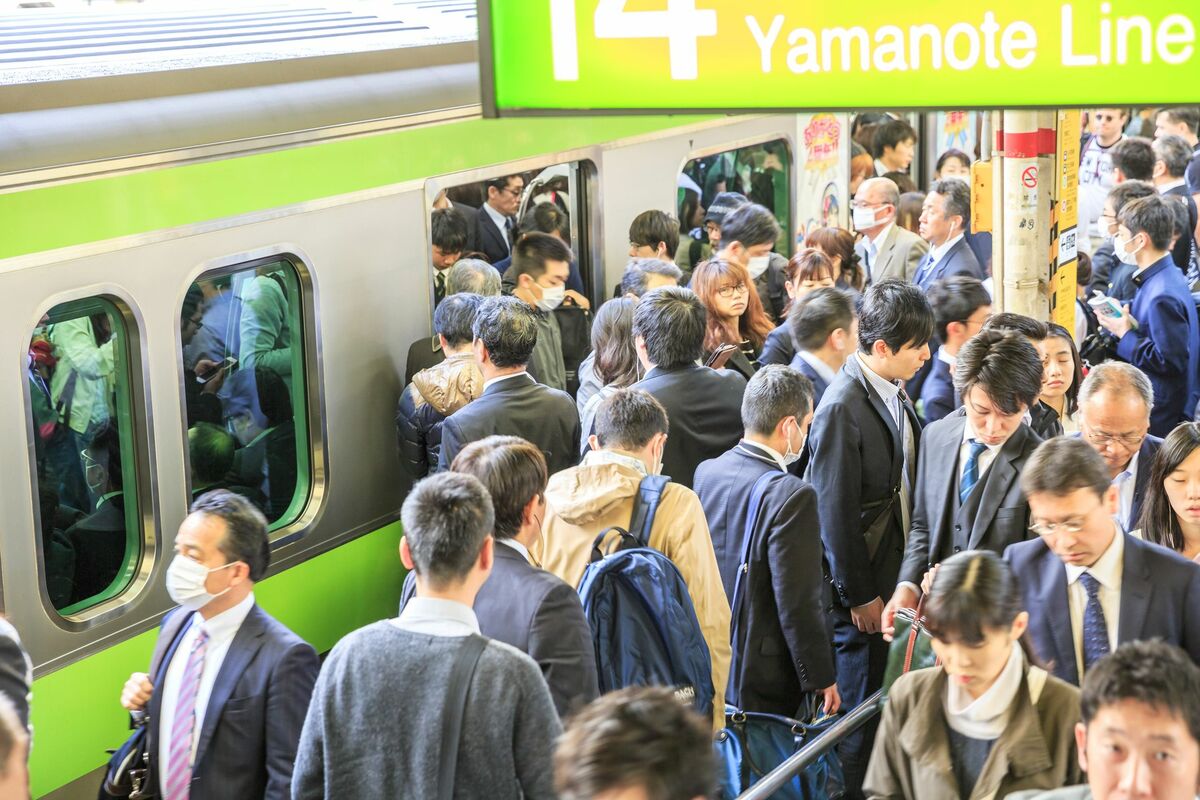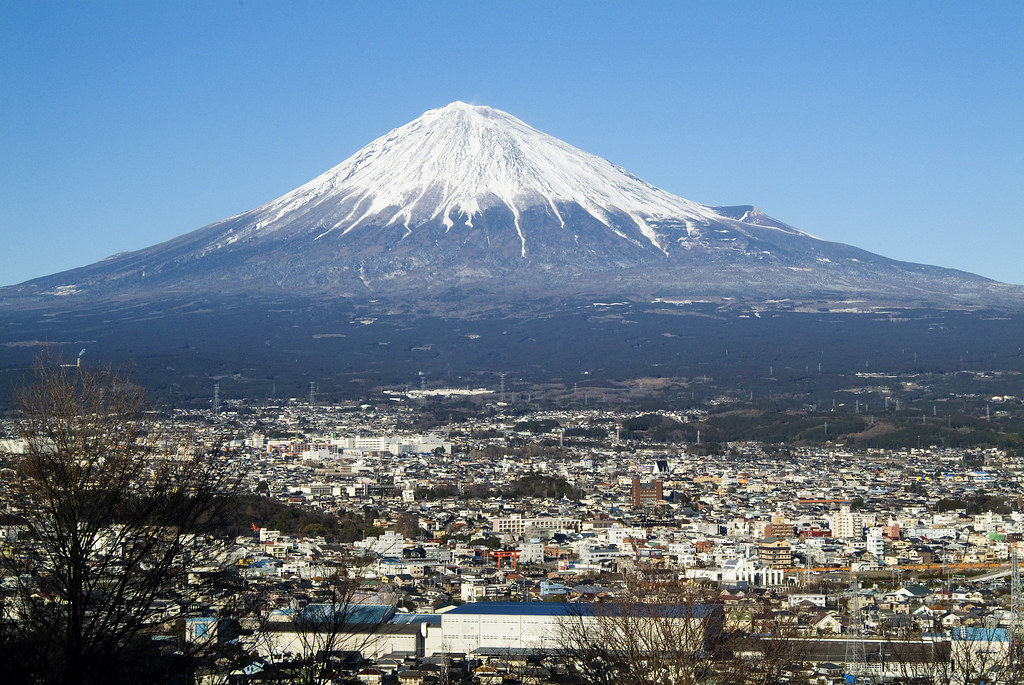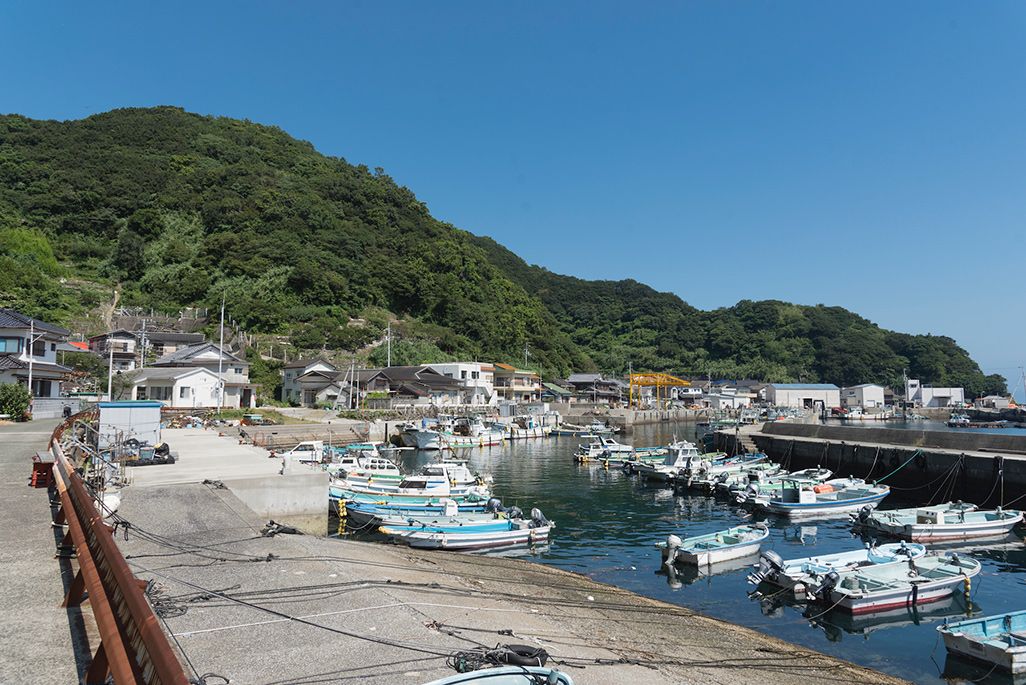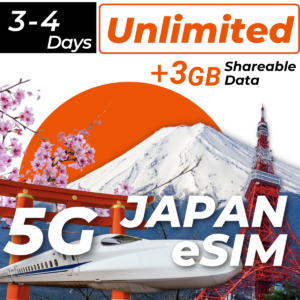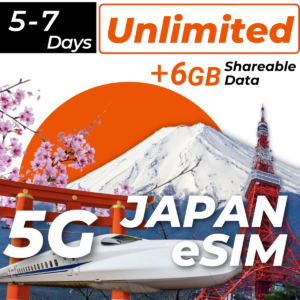Shinjuku Station is not only the busiest railway station in Japan—it’s one of the busiest in the world, serving over 3.5 million people every day. For international travelers using eSIMs with unlimited data, staying connected in such a complex, high-traffic location is a real concern.
In KDDI-au’s article “新宿駅の出口51か所でau5Gはつながるのか?”, the company conducts a comprehensive field test to determine whether its au 5G network can maintain stable connectivity at all 51 exits of Shinjuku Station.
The Challenge: Crowds, Underground Passages, and Urban Density
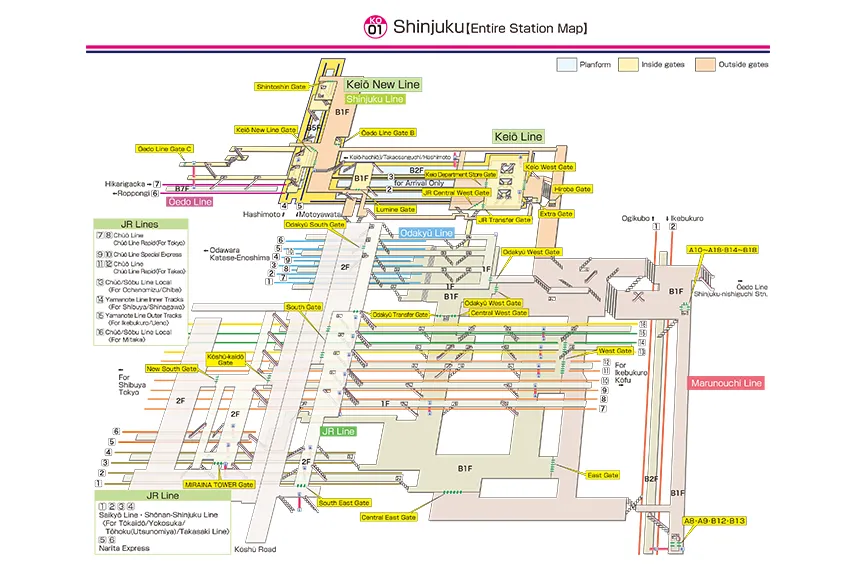
Shinjuku Station is surrounded by high-rise buildings, packed with underground passageways, and often filled with dense crowds. These factors make it an incredibly tough place for 5G signals, especially millimeter-wave (mmWave), which is easily blocked by walls and obstacles.
This environment makes Shinjuku the perfect testing ground to prove whether a 5G network can handle real-world travel conditions.
KDDI-au’s Real-World Survey: How Did au 5G Perform?
KDDI engineers physically visited all 51 exits of the station and conducted signal strength checks in 2021. The findings:
- ✅ Over 90% of exits had access to au 5G, particularly in outdoor or open-air areas
- 🛰️ mmWave 5G (extremely fast, short-range) was confirmed at large exits like plazas and wide sidewalks
- 🚇 4G LTE filled in gaps in narrow underground exits, maintaining stable connectivity
- 🔄 Seamless switching between 5G and 4G ensured smooth app usage, from maps to streaming
- In 2025, 99% millimeter-wave 5G coverage is available in Nishi-Shinjuku.
Compared to the implementation in 2021, the coverage area has been relatively expanded.This means travelers using eSIMs on KDDI-au’s network can expect a consistently strong connection, even at one of the most demanding locations in Japan.
Why It Matters for Travelers Using eSIMs

For anyone visiting Japan, especially those relying on eSIMs with unlimited data, this test confirms that:
✅ You’ll stay connected even in large, crowded train stations
✅ Navigation apps like Google Maps and translation tools work at every exit
✅ You can upload content, message friends, or hail rides with no signal issues
✅ au’s 5G performance holds up where it matters most: in real life, not just in theory
Understanding the 5G Strategy
The article also explains how au’s network is intelligently designed:
- Sub6 5G provides stable, wide-area coverage
- mmWave 5G delivers ultra-fast speeds in open spots
- 4G LTE remains as backup for tough environments
This layered approach ensures that travelers are always connected, even when moving between platforms, exits, and surrounding streets.
Conclusion
Shinjuku Station is a stress test for mobile networks—and au 5G passes with flying colors. For foreign travelers using eSIMs, it means you can explore Tokyo with confidence, knowing your connection won’t let you down in even the most crowded or complex places.
Want fast, reliable, unlimited data while traveling Japan?
👉 Get your Japan eSIM powered by au 5G here and stay connected from the moment you land.

